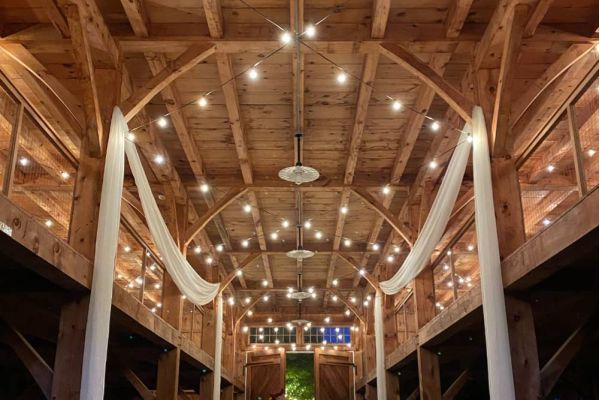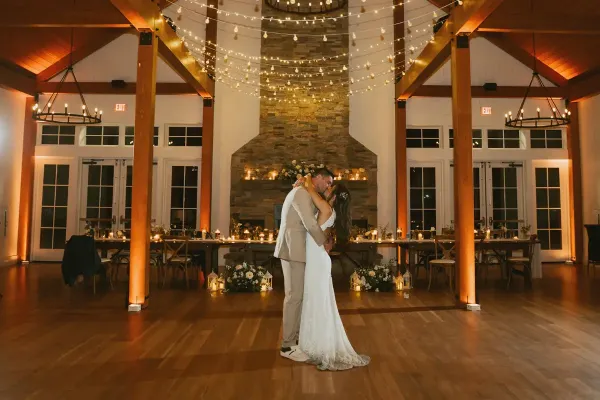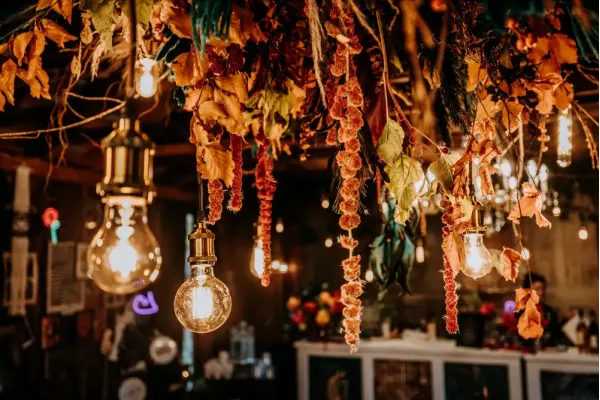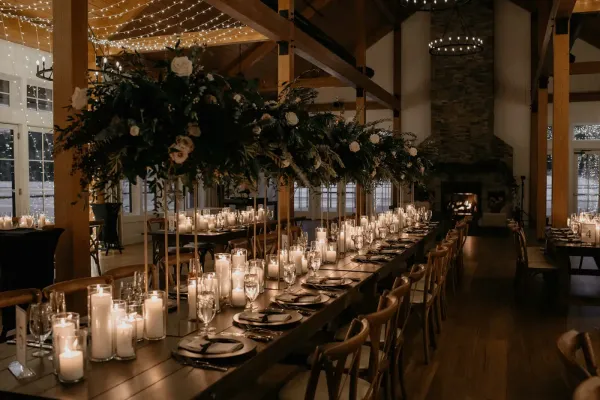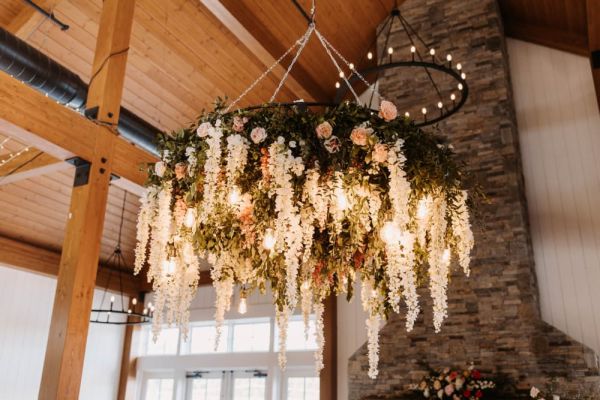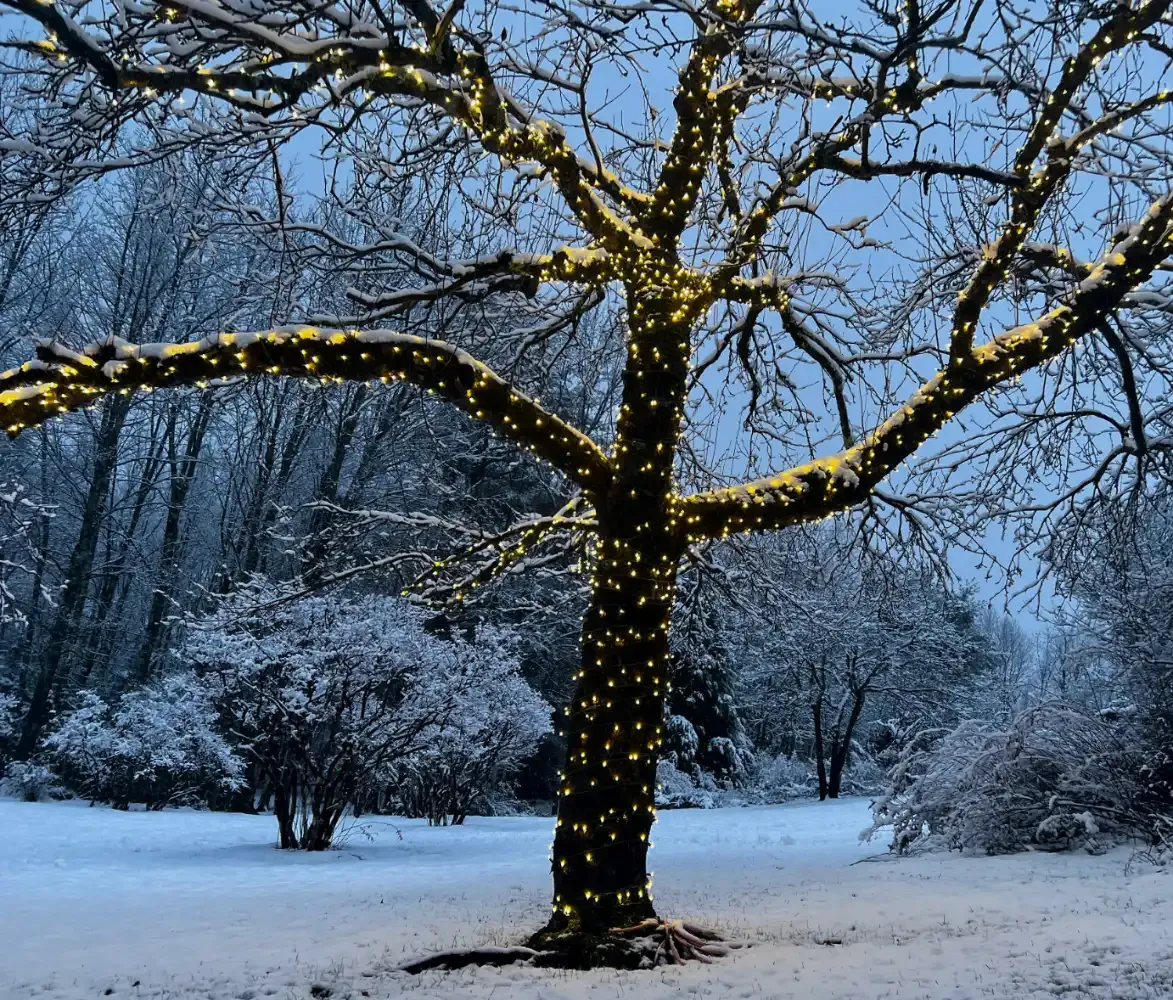
The Difference Between Incandescent and LED Bulbs
Incandescent and LED light bulbs have been in the news lately, so this seemed like a perfect time to discuss the primary differences between the two, talk about their strengths and weaknesses, and why we only ever use LED lighting in our lighting installations.
At the end of the day, both incandescent and LED bulbs make light. That much is obvious. What really separates them is how they go about creating that light. Incandescent lights work by sending an electrical current through a filament (the squiggly part you see inside the bulb). These filaments are generally made out of tungsten and need to be housed in a glass bulb because of the heat created by the electrified tungsten filament. The light generated by incandescent bulbs has a distinct soft, warm glow that’s perfect for the holidays.
Incandescent bulbs have been around for over 100 years, and are found in essentially anywhere you could possibly need a light bulb. However, incandescent bulbs have several inherent shortcomings, the most significant being inefficiency. Incandescent bulbs turn something like 95% of their electricity into heat rather than light. This means that nearly all the electricity being sent to the bulb is being wasted. And that’s electricity you’re paying for!
This is where LEDs come in. LED is an acronym that stands for ‘light-emitting diode’. They work by sending electrical current to a small computer chip inside the base of the bulb which creates the light we see. The most notable benefit of LED bulbs is that they are incredibly efficient and burn far less energy than incandescent bulbs, which saves money. And that’s great!
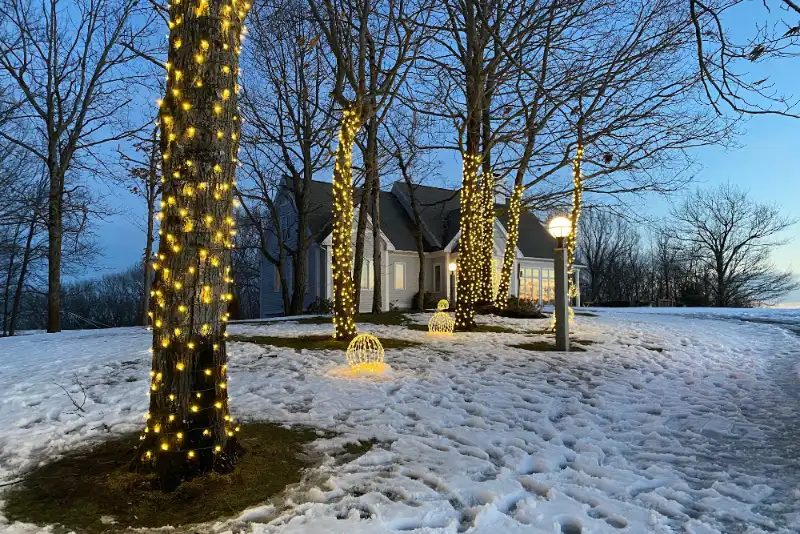
Lifespan is another area where LED bulbs excel - it’s not uncommon for LED bulbs to have run times anywhere from 50,000 to 100,000 hours. Some bulbs are also controllable and programmable which allows us to change colors on the fly and give lights unique and exciting effects. And while some LED bulbs can be slightly more expensive than their incandescent counterparts, they are steadily becoming less, so the more they are adopted.
LEDs are the only light bulb style we use on all of our lighting projects. We particularly love their versatility and cost-savings potential. And, most importantly, they look truly beautiful.


